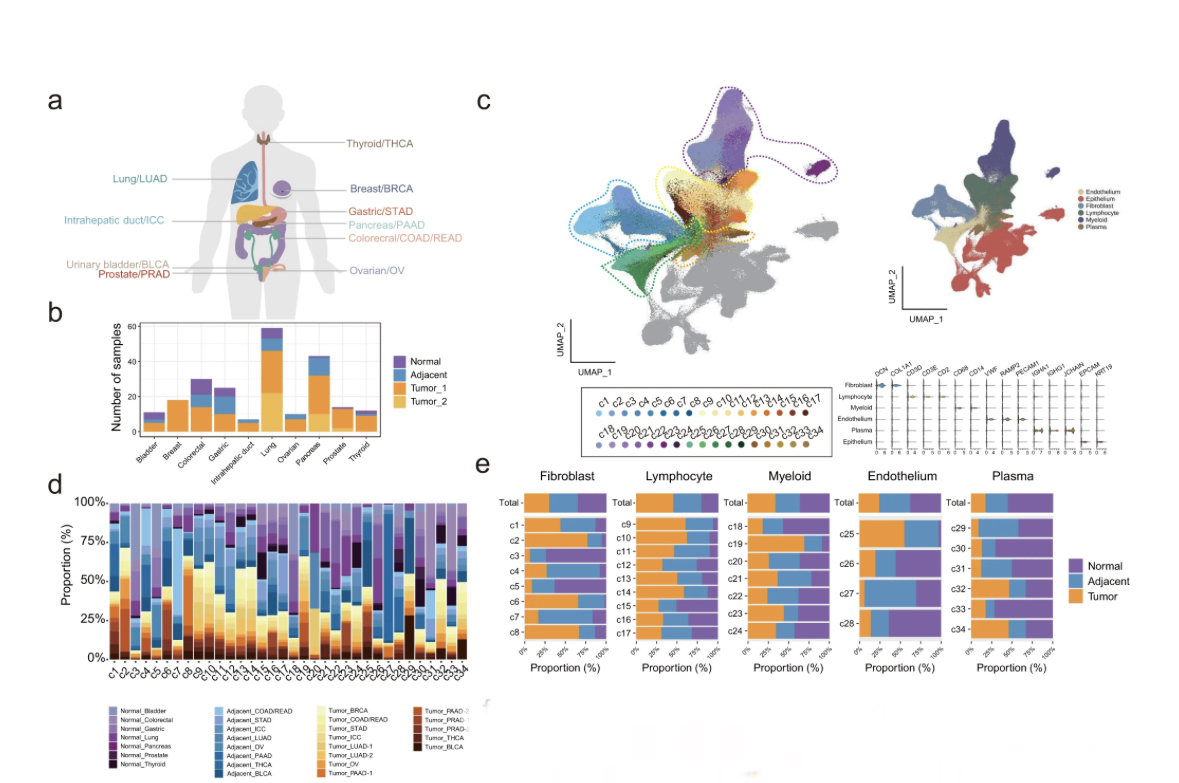
#singlecell analysis is revolutionizing medicine and changing the way we look at disease.
New perspective article just out🚨@NatureMedicine reflecting on @humancellatlas: informative for both #singlecell lovers❤️& skeptiks🤔
Let's map out where the field stands & what is next🧵
New perspective article just out🚨@NatureMedicine reflecting on @humancellatlas: informative for both #singlecell lovers❤️& skeptiks🤔
Let's map out where the field stands & what is next🧵

First, some context.
The genomics single cell field has started out 1-2 decades ago with a huge promise:
"Find the missing link between genes, diseases and therapies. This will bring completely novel therapeutics to the market & cure disease."
The genomics single cell field has started out 1-2 decades ago with a huge promise:
"Find the missing link between genes, diseases and therapies. This will bring completely novel therapeutics to the market & cure disease."
The underlying logic is straigtforward:
1. the cell is the main unit of living organisms
⬇️
2. cells break down in disease
⬇️
3. understanding cells helps understand how & why they break
⬇️
4. this helps with engineering new therapeutics
⬇️
5. new therapeutics will cure disease
1. the cell is the main unit of living organisms
⬇️
2. cells break down in disease
⬇️
3. understanding cells helps understand how & why they break
⬇️
4. this helps with engineering new therapeutics
⬇️
5. new therapeutics will cure disease
But disease can only be understood in contrast to healthy tissues, which are already intrinsically complex.
For example, my recent work is proposing interventions on the healthy breast to prevent cancer initiation.
@humancellatlas aims to help by characterizing healthy tissues
For example, my recent work is proposing interventions on the healthy breast to prevent cancer initiation.
@humancellatlas aims to help by characterizing healthy tissues
https://twitter.com/simocristea/status/1600578512578035733
Now, the progress.
1. Technological
There has been a truly impressive toolkit of experimental methods developed to construct cell atlases at different levels of biological organization, ranging from microscopy, spatial (RNA/protein), transcriptome, multimodal, genome/epigenome.
1. Technological
There has been a truly impressive toolkit of experimental methods developed to construct cell atlases at different levels of biological organization, ranging from microscopy, spatial (RNA/protein), transcriptome, multimodal, genome/epigenome.
These methods are nicely organized & briefly described in the paper in a large table spanning 2 pages. 

2. GWAS
Mutations in single genes have been found to be associated with many diseases in genome-wide association studies (GWAS). Further moving from single genes to groups of genes operating together (modules or programs) allows for more complex functional characterizations.
Mutations in single genes have been found to be associated with many diseases in genome-wide association studies (GWAS). Further moving from single genes to groups of genes operating together (modules or programs) allows for more complex functional characterizations.
3. Cellular composition
Molecular characterizations (usually #scRNAseq) have mapped out the detailed cellular landscapes of multiple developmental processes & diseases.
Important to keep in mind that such landscapes were previously unknown, at least not in detailed large scale.
Molecular characterizations (usually #scRNAseq) have mapped out the detailed cellular landscapes of multiple developmental processes & diseases.
Important to keep in mind that such landscapes were previously unknown, at least not in detailed large scale.

Cancer is an important example, where #scRNAseq has been heavily applied to characterize, by now, tens of thousands of tumors, sometimes together with normal tissue.
In particular, lots of deep inner workings of the immune system have been unraveled with single cell analyses.
In particular, lots of deep inner workings of the immune system have been unraveled with single cell analyses.
This aspect is clinically relevant, as #immunotherapy is one of the most promising cancer therapies out there, however why and how exactly it works is not yet totally understood.
Works as the ones from @humancellatlas push therapeutics developments further, step by step.
Works as the ones from @humancellatlas push therapeutics developments further, step by step.
https://twitter.com/simocristea/status/1580270605395324929
4. Drug discovery
Pooled genetic screens with single-cell genomics readouts, such as Perturb-Seq, efficiently characterized the impact of single-cell profiles in perturbations across large number of genes in many tissues.
Huge potential in coupling this with large AI models.
Pooled genetic screens with single-cell genomics readouts, such as Perturb-Seq, efficiently characterized the impact of single-cell profiles in perturbations across large number of genes in many tissues.
Huge potential in coupling this with large AI models.
How about challenges⛰️ ?
1. Cost of experimental methods still prohibitive for many labs
2. Experimental methods still not robust enough
3. Algorithmic #Bioinformatics development: more efficient & scalable
4. Diversity of human data gathered
1. Cost of experimental methods still prohibitive for many labs
2. Experimental methods still not robust enough
3. Algorithmic #Bioinformatics development: more efficient & scalable
4. Diversity of human data gathered
Most important challenge: how to go past the descriptive nature of #scRNAseq atlases?
Lots of follow-up work needed to disentangle correlation from causation, both on the algorithmic, as well as on the experimental side.
Exciting times ahead!👏 @teichlab
nature.com/articles/s4159…
Lots of follow-up work needed to disentangle correlation from causation, both on the algorithmic, as well as on the experimental side.
Exciting times ahead!👏 @teichlab
nature.com/articles/s4159…
• • •
Missing some Tweet in this thread? You can try to
force a refresh













